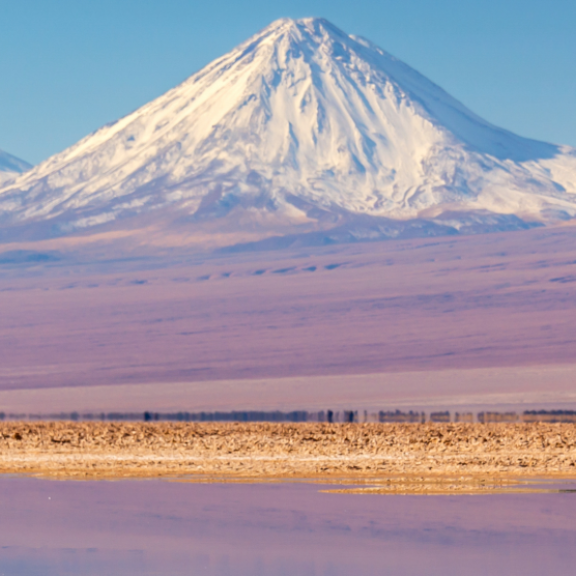
Emigrate to Chile
Emigrate to Chile: Find out the most important information for your stay here
Chile is a long, narrow country on the west coast of South America, stretching along a coastline of more than 6,000 kilometers along the Pacific Ocean. The capital Santiago lies in a valley surrounded by the Andes and the Chilean coastal mountain range. In the heart of the city, on the palm-lined Plaza de Armas, are the neoclassical cathedral and the national historical museum. The extensive Parque Metropolitano offers swimming pools, a botanical garden and a zoo. For people looking to emigrate to Chile, the country offers a fascinating combination of impressive nature, cultural wealth and urban life. Emigrating to Chile can be an exciting way to start a new life in one of the most diverse countries in South America.
Facts about Peru
Capital City
Santiago de Chile
Population
19.6 million
Surface Area
470,145.6 mi² or 756,626 km²
Continent
South America
Official Language
Spanish
Currency
Chilean peso (CLP)
Emigrating to Chile: An overview of the political system
Peru is a democratic republic in which a president is elected every five years in accordance with the constitution. In recent years, the political system has been characterized by considerable instability. The president acts simultaneously as head of state, commander-in-chief of the armed forces and head of government. He appoints and dismisses the cabinet, which must be confirmed by parliament.
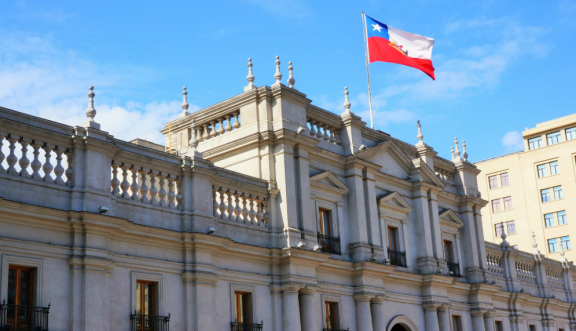
Climate in Chile: Important information for emigrants
Chile stretches between 17 and 56 degrees south latitude and is only about 180 kilometers wide. This geographical peculiarity, combined with considerable differences in altitude and the cold Humboldt Current from the Antarctic, results in a variety of climate zones. In the north is the Atacama Desert, which is considered the driest region on earth. The average annual precipitation there is only around one millimeter, and it can go years without rain. Temperatures vary greatly between day and night, with summer highs of around 25 degrees and winter highs of around 15 degrees, while night-time temperatures often drop below zero.
Towards the south, the Atacama becomes semi-desert. Central Chile, on the other hand, is characterized by a Mediterranean climate, with significant seasonal fluctuations in temperature and precipitation. In summer (December to March), average temperatures are between 18 and 22 degrees, with highs reaching over 30 degrees. In winter, average temperatures usually fall to or below 10 degrees, and highs rarely exceed 16 degrees.
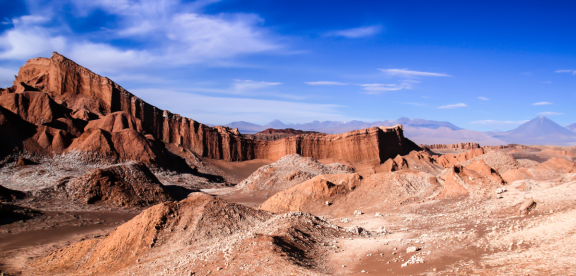
Healthcare system in Chile: Important facts for emigrants
The care provided by the state health service SNS in Chile, particularly for the destitute and socially disadvantaged population, requires further improvements in order to ease the financial burden on this group of people. The aim is for all employees earning a certain minimum wage to receive free medical care. Employees with higher incomes are generally privately insured and can cover part of the medical costs themselves. Many medicines are available over the counter in Chile, which is why many Chileans prefer to consult pharmacy employees for minor illnesses, as this is cheaper than visiting a doctor.

Emigrating to Chile: An overview of the economic situation and quality of life
Chile's gross domestic product per capita in 2023 amounted to 16,815.78 US dollars. The Gini coefficient of wealth describes the distribution of wealth. The indicator is an established, internationally comparable measure of wealth inequality. It is measured on a scale from zero to one. The higher the value, the greater the inequality. The Gini coefficient in Chile is expected to be 0.44 in 2024 (source: Statista).
The Andean country of Chile has developed into an attractive location for foreigners in South America in recent years. The traditional society has become more tolerant and cosmopolitan. In terms of quality of life, the Chilean capital Santiago is the leader in South America: according to the Liveability Index of the Economist Intelligence Unit (EIU), which assesses living conditions in 173 cities worldwide, Santiago is at the top together with Buenos Aires in Argentina and Montevideo in Uruguay. However, all three metropolitan areas lag well behind the major cities surveyed in Western Europe, North America, Asia and Australia. For people who want to emigrate to Chile, the country nevertheless offers a high quality of life and a friendly, open-minded society. Emigrating to Chile can therefore be a rewarding decision, especially for those looking for a new life in a dynamic and developing region of South America.
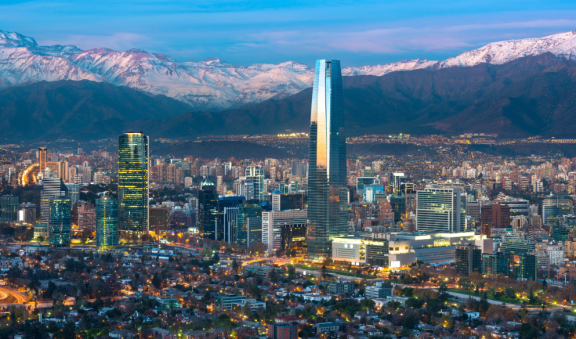
National holiday
Independence Day
The driest desert on earth - Atacama Desert
Can a desert even be a travel destination? Yes, it can! The Argentinian Atacama Desert is not only famous for its legendary salt lakes, but also bears the superlative of being the driest desert in the world. Tourists can experience and do a lot in this special and popular travel destination.

Emigrate to Chile - Entry Requirements
Entry is possible for German nationals with the following documents:
- Passport: Yes
- Temporary passport: Yes
- Identity card: No
- Temporary identity card: No
- Children's passport: Yes, even if official recognition is still pending

FAQs for emigrating to Chile
Where can I find relevant information about my country of entry and the entry regulations that apply there?
We have compiled destination country information as well as entry requirements and customs information for many countries in the Relocation Service section of our website and are constantly expanding this section.
Can I use my own container that I already own for the move with DACHSER & KOLB?
For every removal, which we at DACHSER & KOLB always offer as a door-to-door (full service) removal, a container is rented for the duration of the removal. We therefore do not offer the option of using your own container.
Who is responsible for my move abroad and the services I need there?
As a FIDI member, we work abroad with selected, long-standing partners who work in accordance with our service standards.
Are my removal goods insured in the event of damage?
For every overseas move, we naturally cover transportation insurance at current value for the used household goods and personal belongings
What types of transportation do you offer for overseas relocation?
It is generally possible to carry out overseas removals via air freight or sea freight. In the case of sea freight, it is possible to ship the removal goods as additional cargo (“LCL shipment” with Liftvan) or with a container (FCL shipment in 20 feet, 40 feet or 40 feet high cube). We will be happy to discuss which option is best for you in a personal consultation.
When and how must the move be paid for and what is the payment deadline?
You will receive an invoice a few weeks after placing the order and pay the full amount directly in advance.
Do I have to pay taxes and customs duties on my removal goods?
Removal goods can be imported tax and duty-free into most countries if you have a valid residence permit. We will be happy to check the options for importing the removal goods for your desired destination country in a personal consultation.
Are you interested in moving to Chile or another destination country?
Then do not hesitate and contact us today.
Alexander Brugger
Teamlead Customer Service & Sales - AIR&SEA



